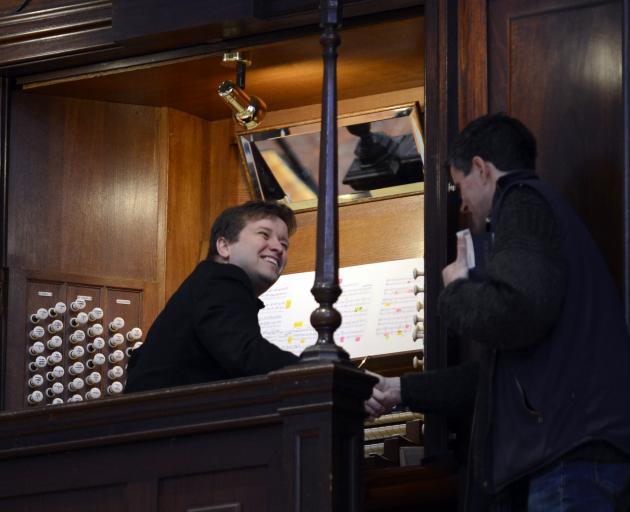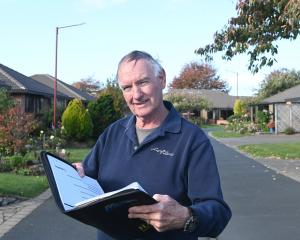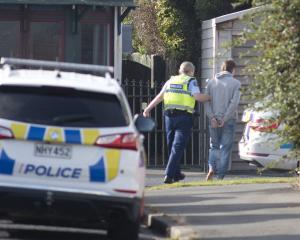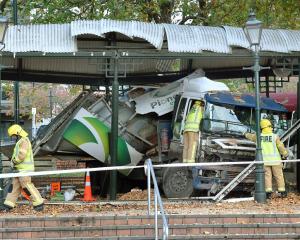
And for visiting concert organist Daniel Moult, Norma was as complicated as she looked - even for someone of his experience.
The Royal Birmingham Conservatoire organ studies head and Royal College of Organists trustee and examiner is in Dunedin to play Norma for a United Kingdom company that is making a film and to record music to be released in a boxed set next year.
The organ is one of 27 of the world's most famous pipe organs to be featured in the film.
He said one of the challenges of playing organs was that each instrument had its own characteristics, and each time he sat at a new organ he had to learn to play it.
``Every set of parameters changes with every organ you play.
``Most organists would recommend you have to spend up to six hours to really get to know an instrument.''
He was pulling out all the stops yesterday morning, getting to know Norma before filming and recording began yesterday afternoon.
``I have to say - and I'm not just saying it because I'm in Dunedin - I genuinely settled in really quickly on Norma because it's comfortable and it does what you expect.
``It's very user-friendly and is of superb quality.''
Fugue State Films producer and director Will Fraser said Norma was chosen as one of the 27 organs to be filmed because it helped to represent different organ builders or important trends, from the 1700s to the present day.
He said Norma was a rare example of a symphonic organ rather than a church organ. It was a product of well-known organ builders Hill, Norman and Beard, and it had a very interesting history.
He said it combined conventional organ sounds with orchestral tone colours and percussion, and few instruments of this type had survived ``unaltered''.
The 23-ton instrument was built in 1919 as the Bathurst Mammoth Cathedral Organ but spent much of its life travelling around England on a large vehicle (like a furniture removal truck) and being set up and played in halls and theatres as part of a vaudeville show.
The organ was later enlarged and installed in Wembley Stadium for the 1924 Exhibition, then at the Tunbridge Wells Opera House, before being shipped to Dunedin and installed in the town hall.












